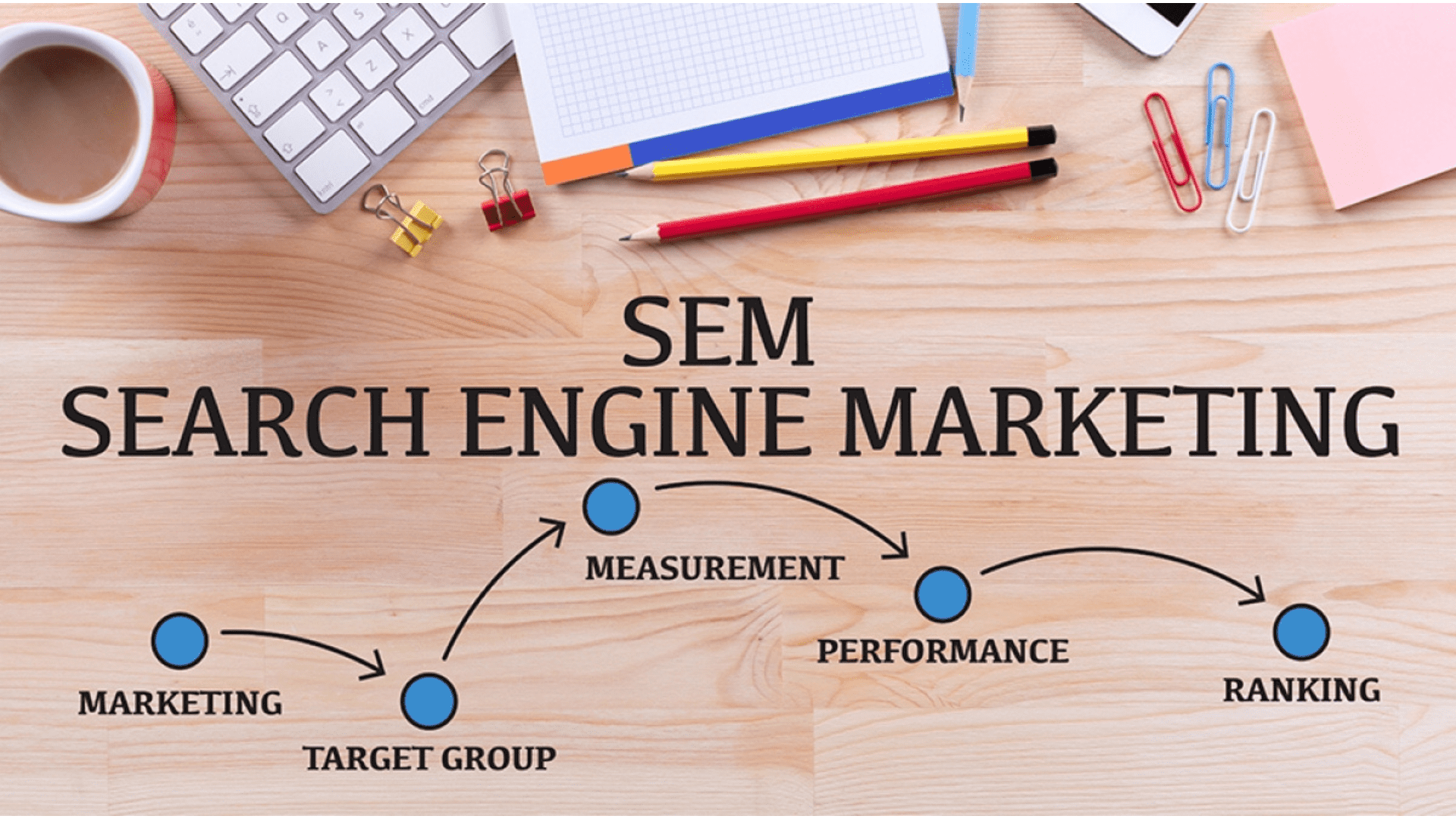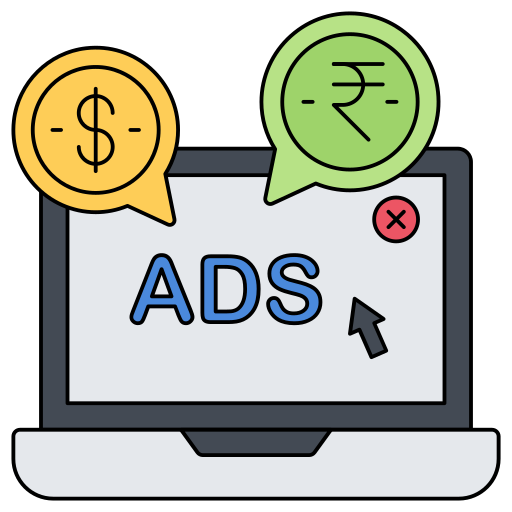
Search Engine Marketing Services Agency | Boost Your ROI
Search Engine Marketing (SEM) is a form of digital marketing that involves the promotion of websites by increasing their visibility on search engine results pages (SERPs) primarily through paid advertising. Unlike Search Engine Optimization (SEO), which focuses on organic search results, SEM leverages paid advertisements, such as pay-per-click (PPC) ads, to drive traffic to a website.
Key Components of SEM

Paid Search Ads
The most common form of SEM involves creating ads that appear on SERPs. These ads are typically displayed at the top or bottom of search results, marked as “Ad” to distinguish them from organic results.

PPC Advertising
Pay-per-click is the most popular model within SEM. Advertisers bid on specific keywords, and they pay a fee each time a user clicks on their ad. The placement of these ads is determined by a combination of the bid amount and the ad's quality score.

Keyword Research
Central to SEM is the identification of keywords that potential customers are likely to use when searching for products or services. Tools like Google Keyword Planner can help in identifying high-value keywords that are relevant to the business.

Ad Auction
SEM operates on an auction-based system. When a user enters a query into a search engine, an auction is triggered where advertisers bid for the opportunity to show their ads. Factors such as bid amount, ad quality, and relevance influence the auction outcome.

Ad Quality Score
Search engines like Google assign a quality score to each ad based on its relevance to the keyword, the quality of the landing page, and the ad's click-through rate (CTR). A higher quality score can lower the cost-per-click (CPC) and improve ad placement.

Targeting Options
SEM allows for precise targeting based on demographics, location, time, and even the type of device used by the searcher. This ensures that ads reach the most relevant audience.

Ad Copywriting
Crafting compelling ad copy is crucial in SEM. The ad copy must be relevant to the keyword, include a clear call-to-action (CTA), and be compelling enough to encourage users to click.

Landing Pages
The effectiveness of an SEM campaign also depends on the landing page where users are directed after clicking an ad. The landing page should be relevant, user-friendly, and optimized for conversions.

Campaign Management
Continuous monitoring and optimization are essential in SEM. This includes tracking key performance indicators (KPIs) like click-through rates, conversion rates, and return on ad spend (ROAS), and making adjustments to improve campaign performance.

Analytics and Reporting
Tools like Google Ads and Bing Ads provide detailed analytics and reporting features. These tools help in understanding the performance of SEM campaigns and making data-driven decisions to optimize future campaigns.
Benefits of SEM
Immediate Visibility
Unlike SEO, which can take time to show results, SEM provides immediate visibility on search engines.
Measurable Results
SEM provides detailed analytics, making it easy to measure the success of campaigns and calculate ROI.
Highly Targeted
SEM allows businesses to target specific demographics, locations, and even times of day, ensuring that ads reach the most relevant audience.
Complementary to SEO
SEM and SEO can work together to improve overall search visibility and capture both paid and organic traffic.
